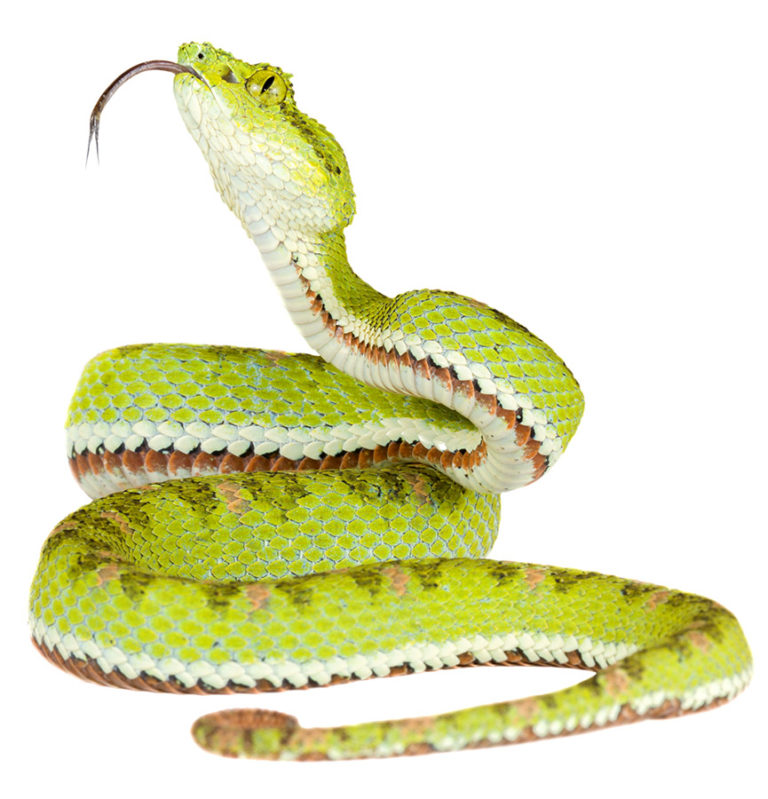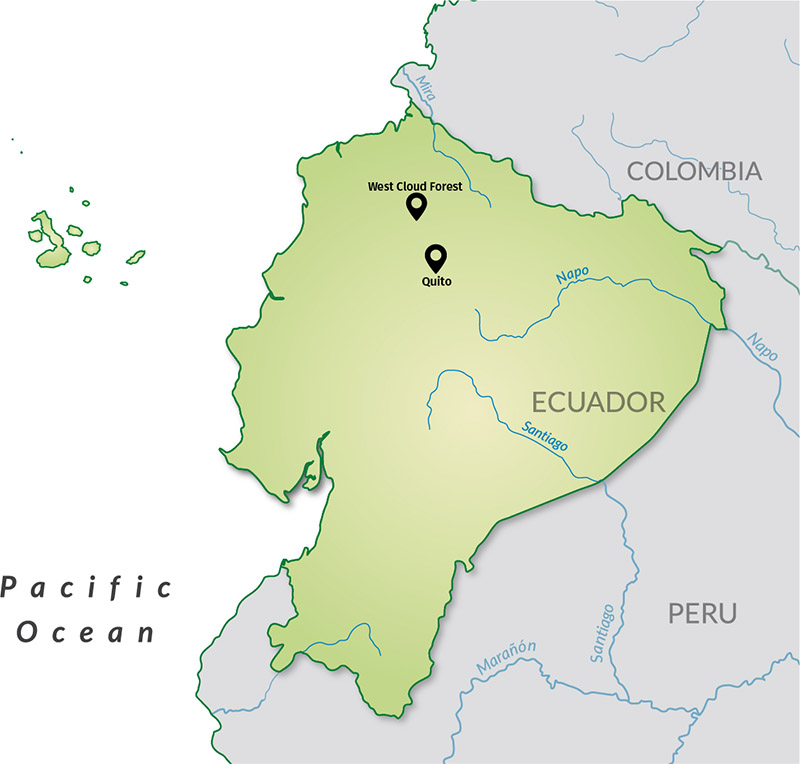About the Herping Tour
A little explored universe; however, one of the most amazingly diverse is that of macro photography. Today, amphibian and reptile photography, thanks to its high impact on details and new techniques, has increased its popularity in nature photography.
Let’s design your Cloud Forest herping tour together to take a microcosm in images!

Date
10 -21 Marzo 2020
Activity level
Moderado
Available spaces
Moderado
About the route
Daniel Mideros
Born in Ecuador. Professional photographer graduated in Advertising Communication and Marketing at the Universidad San Francisco de Quito. From an early age he showed a fascination with nature, photography and outdoor activities.
In his professional life he has dedicated himself mainly to the field of ecotourism, linked to visual communication and sustainability. This has led him to tour majestic places and feel unique experiences; all this emotional, experiential energy prompted him to undertake his own project with the desire to share these places and adventures with more people.
Jaime Culebras
Born in Spain. Bachelor of Biology, MSc. in Environmental Education and MSc in Biodiversity and Conservation of Tropical Areas. He has been living in Ecuador for more than 7 years, where he works as a reptile and amphibian researcher, and nature photographer, receiving numerous photography and conservation awards such as Big Picture Photo Competition, Montphoto, Wildlife Photographer of the Year, GDT European Wildlife Photographer of the Year, among others. Conservation Award “Montphoto Grant – WWF 2017”, among others.
His greatest interest is to spread the existence and importance of threatened species, to promote love towards reptiles and amphibians, as well as the fight against illegal trafficking of species and the snake-human conflict.

We will leave from Quito towards the western cloud forest. For two nights, this will be our home as we search for amphibians and reptiles, which will be the main protagonists of this trip.
As mentioned before, our focus will be macro photography. This place is ideal for this discipline and can combine shapes, colors and textures with the more than 100 species of amphibians and reptiles that inhabit this area.
Here we can find the Equatorial Anole lizard (Anolis aequatorialis), Andes Anole lizard (Anolis gemmosus), Babbling Torrenteer frog (Hyloscirtus alytolylax), Red spotted glass frog (Nymphargus grandisonae), Pinocchio rainfrog (Pristimantis appendiculatus) and if with any luck, the Pinocchio lizard, (Anolis proboscis).
In the Cloud Forest region we will have a mild climate and sometimes cold nights.
For a better experience, it is important to know a couple of factors which will facilitate your stay in Ecuador:
If you’d like to take home a couple of souvenirs, we recommend bringing a little extra cash in order to acquire these at the different locations we will be staying at (Ecuador’s currency is the US dollar). Most places only take cash. We recommend bringing small bills or coins, as most places do not accepts bills larger than $20.
The tropical regions have a lot of mosquitos, so bringing mosquito repellent is very important.
Sunblock.
Hats.
Flashlight (a headlamp is preferable).
Bags to store wet clothes.
Water bottle.
As photographers, we know how difficult it is to decide how much equipment to take on trips, as we always want to take all of our equipment with us so that we can take advantage of our experiences. Here is a list of equipment we recommend bringing:
- Macro lens
- Wide angle lens
- Equipment protector for the rain
- Tripod
- Flash
- Difusors
- Trigger
- Batteries
- Battery chargers
- Cleaning equipment
- Plug adaptor
Accommodation.
All tour meals.
Expert photographer guide.
Private transfer.
Reserves fees.
International, national air tickets and airport taxes.
Additional nights.
Quito Hotel.
Alcoholic beverages, snacks and drinks that are not part of the meals.
Laundry service.
Personal expenses.
Tips.
Any other service not specified in the document.
Featured sightings

Amphibians

